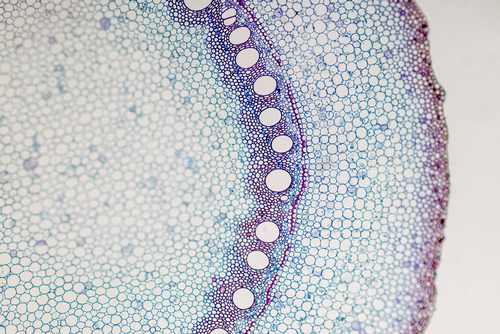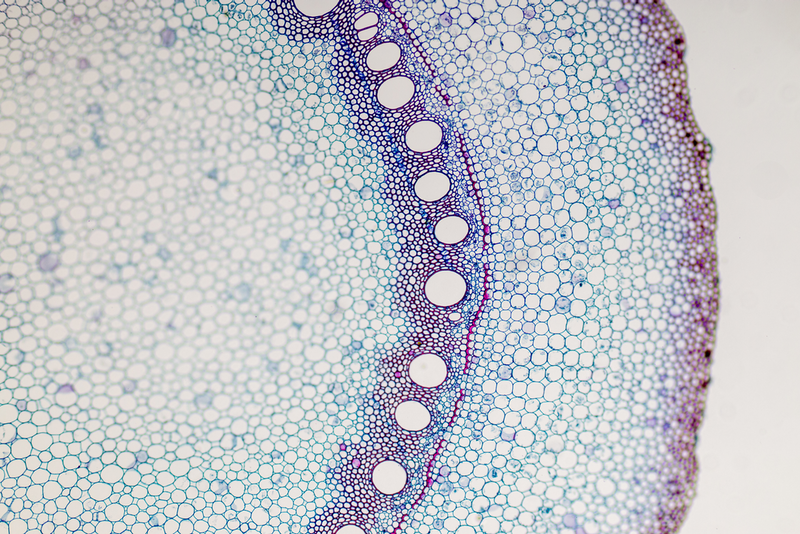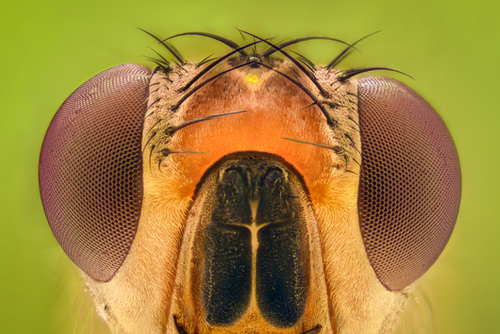Life is Physics
There is nothing simple about life. Millions of carefully coordinated chemical reactions occur every second inside a single cell; billions of single-celled organisms can organize into colonies; trillions of cells can precisely stick together into tissues and organs. Yet, despite this complexity, life is easy to identify. Physicists think that this recognizability could arise from foundational physical principles that underlie all life. And they are on the hunt for a mathematical theory based on these principles that explains why life can exist and how it behaves. Such a theory, they say, could allow researchers to control and manipulate living systems in ways that are currently impossible.
Physicists love unifying theories. These theories boil complex phenomena down to a small set of ideas whose mathematical formulations can make remarkably successful predictions. For example, the laws of thermodynamics, which explain how energy moves around in systems from atoms to hurricanes, can accurately predict how long a kettle of water takes to boil. Yet despite such successes, researchers have not yet found universal equations that describe everyday phenomena relating to life. Such equations could provide the same predictive power as other unifying theories, allowing researchers to gain precise control over living things. This control could enable better treatment protocols for bacterial infections, improved therapies for cancers, and methods to prevent plants from developing resistance to weed killers.
“Physicists have studied many complicated systems, but living systems are in a completely different class in terms of complexity and the number of degrees of freedom they have,” says Ramin Golestanian, a director at the Max Planck Institute for Dynamics and Self-Organization in Germany. Golestanian studies living systems, like bacterial swarms, by modeling them as moving groups of energy-consuming particles, so-called active matter. He also helped organize Physics of Living Matter, an APS conference held last year, where researchers discussed whether writing down a mathematical theory of life is an achievable goal and, if so, what questions such a theory should answer.
For some in the field, finding a theory starts with upending how biologists describe living systems. “When I go to a biology conference, somebody always stands up and says, ‘life is chemistry,’ and then shows a whole bunch of putative reactions,” says Nigel Goldenfeld, a physicist at the University of Illinois at Urbana–Champaign who studies problems related to evolution and ecology. “I don’t think life is chemistry.” Chemistry provides information on the molecules needed to make life, but not on how to get a functioning cell, for example. Instead, he says, “life is physics,” and researchers should think of living organisms as condensed-matter systems with thermodynamic constraints [1].
Golestanian and Goldenfeld both believe that the traits of life, such as replication, evolution, and using energy to move, are examples of what condensed-matter physicists call “emergent phenomena”—complex properties that arise from the interactions of a large number of simpler components. For example, superconductivity is a macroscopic property that arises in metals from attractive interactions among its electrons, which lead to a state with zero electrical resistance. In the case of life, the emergent behaviors arise from interactions among molecules and from how the molecules group together to form structures or carry out functions.
But life functions very differently from the standard condensed-matter fare of metals or superconductors, which are “dead” things whose behaviors are predetermined. Living creatures can respond in seemingly disparate ways to the same stimulus. “Biological systems have this feedback loop that makes them very difficult to analyze using standard differential equations,” Goldenfeld says, adding that he doesn’t yet know how to address that problem.
Goldenfeld’s sentiment is echoed by Cristina Marchetti of the University of California, Santa Barbara, who, like Golestanian, studies living things by modeling them as active matter. “Living systems evolve, adapt, and change as a result of their interactions or information exchange with other systems,” Marchetti says. But right now, those essential processes are mostly missing from the theories that she and others have developed for describing the behaviors of specific biological systems, such as the motion of bacterial swarms or the clustering of cells in tumors. Work on theories that account for the evolving states of living systems “is really very much in its infancy,” she says.
Another challenge in developing a universal theory that explains why life can exist is that very few people are working on the problem. Rather, most biologists and physicists studying the inner workings of life focus on modeling some specific process in their current favorite organism—for example, how vision works in a particular species of fruit fly—without looking at the bigger picture, Goldenfeld says. William Bialek, a theoretical physicist at Princeton University, New Jersey, concurs with this view but also sees a positive side to studying specific organisms. He notes that theoretical physicists can fail in their search for theories if they are “disconnected from the details.”
“The essential problem of our field is to find a balance between searching for general theoretical principles and engaging with the details of experiments on particular systems,” Bialek says. Golestanian agrees, adding that whoever tasks themselves with formulating a universal theory of life will “have to develop an appetite and capacity to study a range of phenomena, catalog them, and look for patterns that point towards a comprehensive description.”
Ilya Nemenman of Emory University in Atlanta is one physicist taking this approach. He studies how living things—from worms to birds—process information about their surroundings, with the aim of finding patterns and deriving general equations that apply to more than one system. Nemenman says that one of the biggest barriers to developing any general theory for biological systems is pinning down which quantities matter and which are inconsequential.
In traditional condensed-matter topics, a system’s symmetries—quantities that are unchanged by a modification in the coordinate system—determine the key quantities. For example, in crystals, the symmetry is the ordered pattern of the atoms; everything looks the same when you move the coordinate axes from one unit cell to another. But in biological systems, those symmetries are absent, or at least currently unrecognizable, adding an additional level of complexity to the process of writing down the correct equations. Nemenman thinks that machine learning might be helpful in this goal, and his group recently used this tool to uncover the equations that describe how a worm responds to heat [2].
The field of biology has managed for centuries without such a unifying theory, so why is it so important to find one? For Goldenfeld, the driving force is the potential predictive capabilities of such a theory and the control that it could allow over the behavior of biological systems. The example he gives is treating bacterial infections. Current treatment plans don’t properly account for the evolution that occurs when antibiotics leave some of the unwanted bacteria alive. Those remaining bacteria can evolve and grow to form antibiotic-resistant superbugs like MRSA. “If we understand how to control a living, evolving system, then we could find treatment protocols that kill all the bacteria and don’t make the problem worse,” Goldenfeld says. Golestanian declined to offer a potential application of the theory noting that “specific predictions at this stage are obviously premature.” However, he adds, “I have absolutely no doubt that good things will come out of this sort of knowledge.”
–Katherine Wright
Katherine Wright is a Senior Editor of Physics.
References
- N. Goldenfeld and C. Woese, “Life is physics: Evolution as a collective phenomenon far from equilibrium,” Annu. Rev. Condens. Matter Phys. 2, 375 (2011).
- B. C. Daniels, W. S. Ryu, and I. Nemenman, “Automated, predictive, and interpretable inference of C. elegans escape dynamics,” arXiv:1809.09321.











